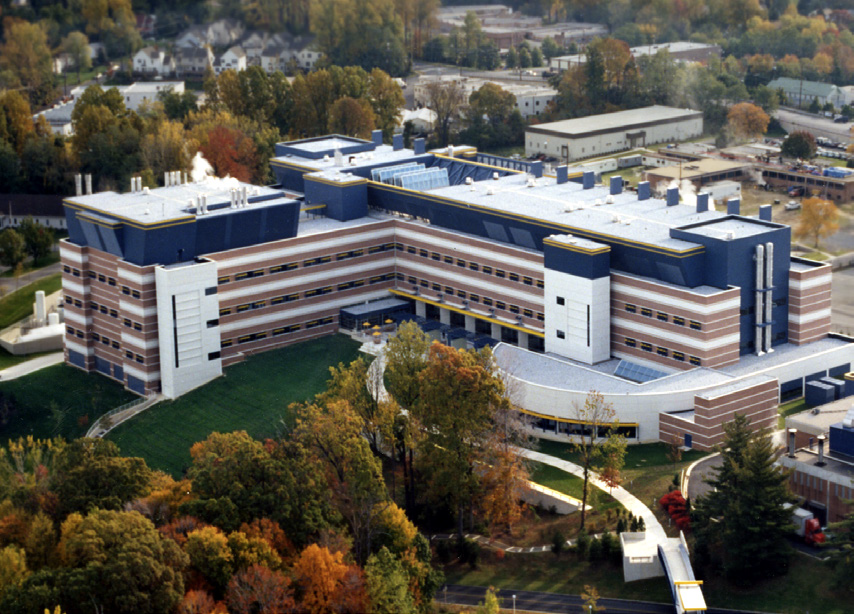|
Discovery One
The United States Spacecraft ''Discovery One'' is a fictional spaceship featured in the first two novels of the ''Space Odyssey'' series by Arthur C. Clarke and in the films '' 2001: A Space Odyssey'' (1968) directed by Stanley Kubrick and '' 2010: The Year We Make Contact'' (1984) directed by Peter Hyams. The ship is a nuclear-powered interplanetary spaceship, crewed by two men and controlled by the AI on-board computer HAL 9000. The ship is destroyed in the second novel and makes no further appearances. Clarke and Kubrick developed the first novel and film in parallel, but there were some differences to suit the different media. Kubrick dropped the cooling fins of the ship, fearing they would be interpreted as wings. The itinerary of ''Discovery One'' in the book is from Earth orbit via gravitational slingshot around Jupiter to Saturn and parking orbit around the moon Iapetus. Kubrick changed this to the simpler route from Earth to Jupiter. For the film, Kubrick built a ... [...More Info...] [...Related Items...] OR: [Wikipedia] [Google] [Baidu] |
Extravehicular Activity
Extravehicular activity (EVA) is any activity done by an astronaut in outer space outside a spacecraft. In the absence of a breathable Earthlike atmosphere, the astronaut is completely reliant on a space suit for environmental support. EVA includes ''spacewalks'' and lunar or planetary surface exploration (commonly known from 1969 to 1972 as ''moonwalks''). In a stand-up EVA (SEVA), an astronaut stands through an open hatch but does not fully leave the spacecraft. EVA has been conducted by the Soviet Union/Russia, the United States, Canada, the European Space Agency and China. On March 18, 1965, Alexei Leonov became the first human to perform a spacewalk, exiting the Voskhod 2 capsule for 12 minutes and 9 seconds. On July 20, 1969, Neil Armstrong became the first human to perform a moonwalk, outside his lunar lander on Apollo 11 for 2 hours and 31 minutes. On the last three Moon missions, astronauts also performed deep-space EVAs on the return to Earth, to retrieve film ca ... [...More Info...] [...Related Items...] OR: [Wikipedia] [Google] [Baidu] |
A Space Odyssey (novel)
''2001: A Space Odyssey'' is a 1968 science fiction novel written by Arthur C. Clarke and the 1968 film directed by Stanley Kubrick. It is a part of Clarke's ''Space Odyssey'' series, the first of four novels and two films. Both the novel and the film are partially based on Clarke's 1948 short story " The Sentinel", an entry in a BBC short story competition, and "Encounter in the Dawn", published in 1953 in the magazine ''Amazing Stories''. Resources After deciding on Clarke's 1948 short story "The Sentinel" as the starting point, and with the themes of man's relationship with the universe in mind, Clarke sold Kubrick five more of his stories to use as background materials for the film. These included "Breaking Strain", "Out of the Cradle, Endlessly Orbiting...", "Who's There?", "Into the Comet", and "Before Eden". Additionally, important elements from two more Clarke stories, "Encounter in the Dawn" and (to a somewhat lesser extent) "Rescue Party", made their way into ... [...More Info...] [...Related Items...] OR: [Wikipedia] [Google] [Baidu] |
Naval Medical Research Laboratory
The Naval Medical Research Command (NMRC) is an agency that performs basic and applied biomedical research to meet the needs of the United States Navy and United States Marine Corps. Its areas of focus include study of infectious diseases, biodefense, military medicine, battlefield medicine, and bone marrow research. NMRC is under the United States Department of the Navy's Bureau of Medicine and Surgery. History NMRC was originally the Naval Medical Research Institute, founded in 1942, and was located on the campus of the National Naval Medical Center in Bethesda, Maryland. Besides researching health and safety issues for shipboard environments, it was involved in early radiobiology research after the development of atomic weapons, astronaut training during the 1960s Space Race, as well as the establishment of the Navy Tissue Bank and the National Marrow Donor Program. The Navy Toxicology Unit, which had been founded in 1959 in response to air quality issues within USS ''Naut ... [...More Info...] [...Related Items...] OR: [Wikipedia] [Google] [Baidu] |

